Nationality Spanish | Known for Painting | |
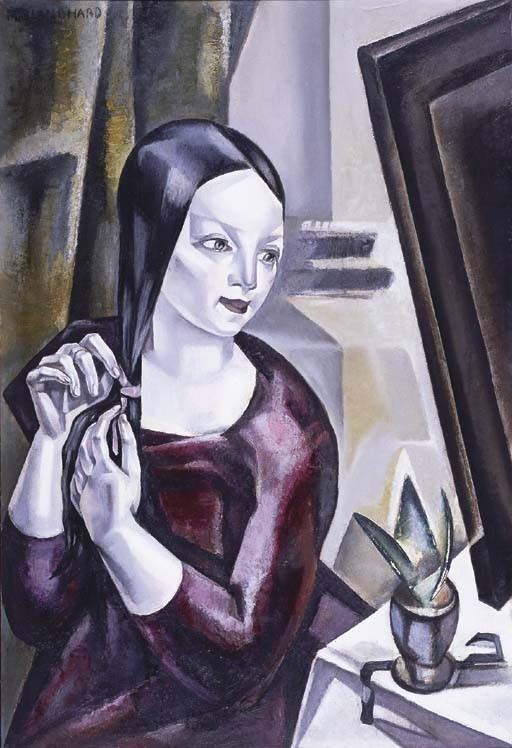 | ||
Died 5 April 1932, Paris, France Artwork Mujer ante el espejo, Fillette endormie, Femme assise Similar Juan Gris, Maruja Mallo, Jean Metzinger, Ángeles Santos Torroella, Eugeni d'Ors | ||
Mujeres excepcionales mar a blanchard pintora
María Blanchard (6 March 1881 – 5 April 1932), née María Gutiérrez Cueto, was a Spanish painter. She was known for developing a unique style of Cubism.
Contents
- Mujeres excepcionales mar a blanchard pintora
- Documental sobre mar a blanchard
- Life
- Works
- Legacy
- References

Documental sobre mar a blanchard
Life
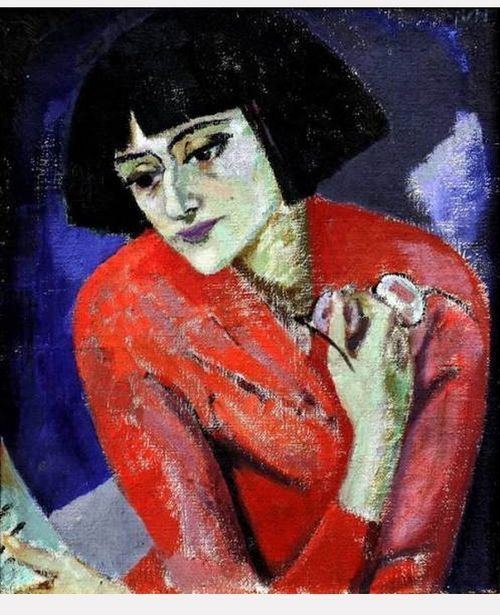
Blanchard was born on 6 March 1881 in Santander, Spain. She was the daughter of journalist Enrique Gutiérrez Cueto and Concepción Blanchard Santisteban. She was the cousin of Mexican artist Germán Cueto.
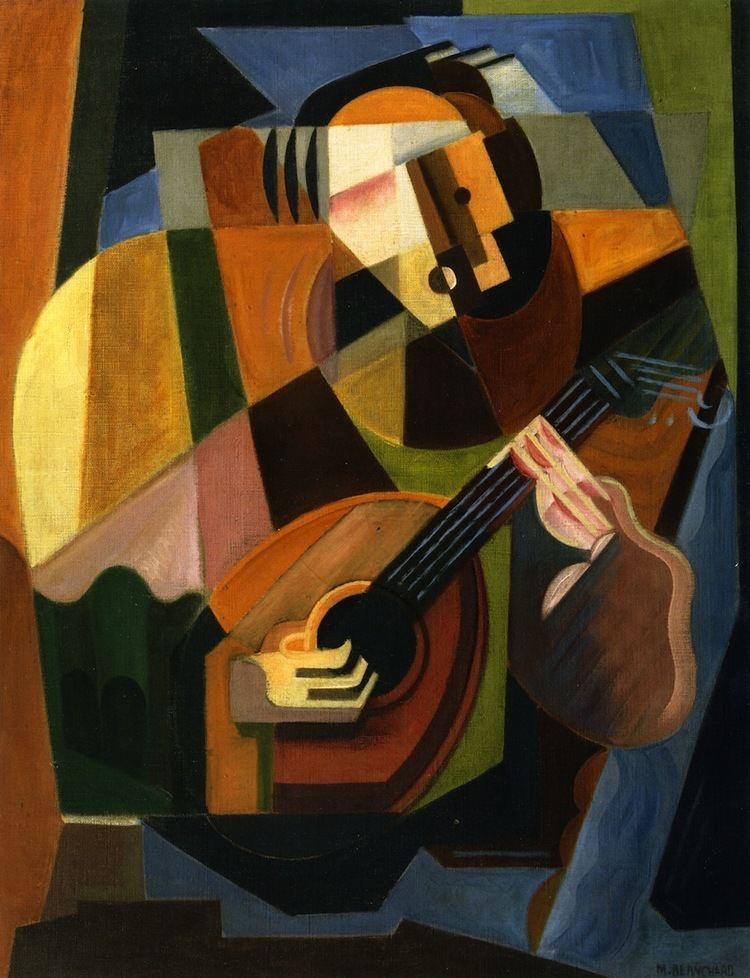
She was born with several physical deformities, including a deformed spine, which some attributed to Blanchard's mother's fall during her pregnancy. Blanchard found it difficult to walk and was teased at school and nicknamed "the witch," which caused her emotional pain. Blanchard turned to painting to express her sadness. Her father was a large influence in her life, encouraging her to draw.
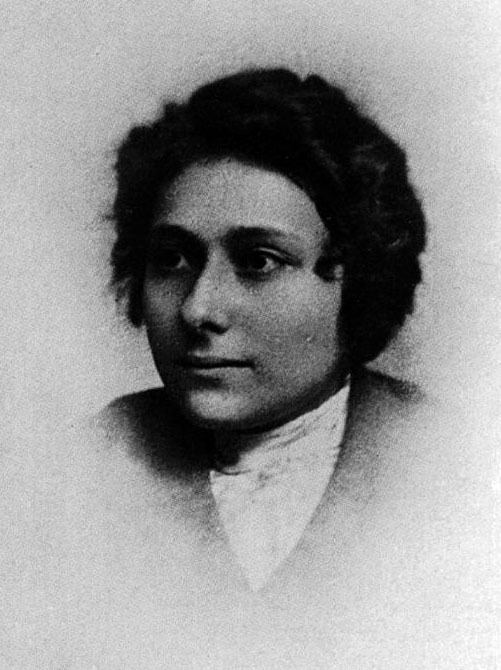
In 1903, she moved to Madrid and studied at the Real Academia de Bellas Artes de San Fernando under Spanish artists such as Emilio Sala and Manuel Benedito. Sala taught Blanchard "precision" and the "exuberant use of colour," which would feature in her early compositions. In 1908, after Blanchard won a third prize for her painting Primeros pasostathe Exposición Nacional de Bellas Artes, the Santander government awarded her a grant to support her education in the arts. In 1909, this grant allowed her to continue her artistic education at the Academie Vitti in Paris under Hermenegildo Anglada Camarasa and Kees van Dongen. Here she discovered cubist painting, and was influenced by Jacques Lipchitz and Juan Gris. In 1914, due to the First World War, Blanchard returned to Madrid where she had an exhibition organized by Ramón Gómez de la Serna.
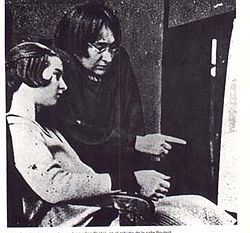
In 1918, after the end of the war, Blanchard moved to Paris, where she would spend the rest of her life. There, she began developing her own style of Cubism, using rich colour and incorporating personal elements. She was close friends with Juan Gris, the Cubist Spanish painter.
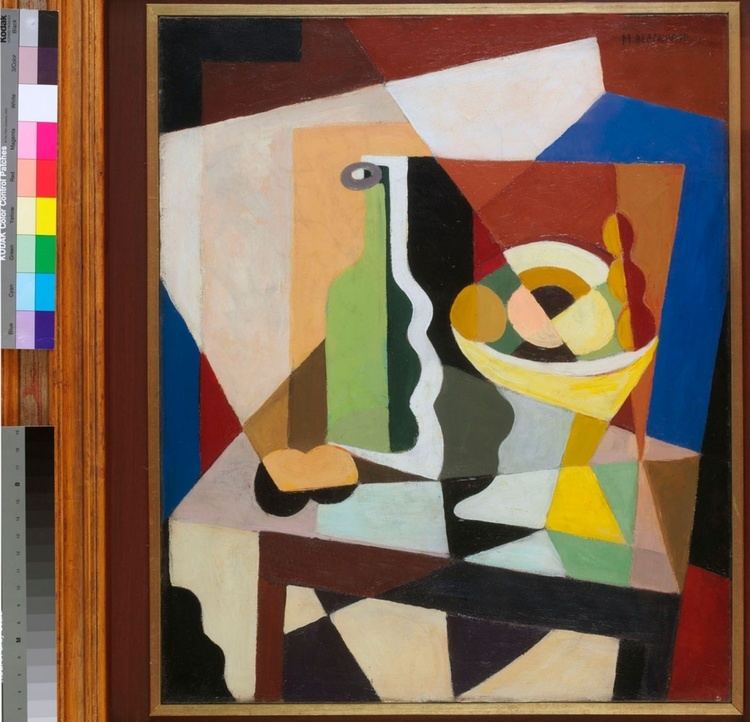
In 1920, she exhibited in France and Belgium. After her exhibition at the Salon des Indépendants in 1921, her paintings were in great demand. Due to the adverse economic situation which followed, the collectors withdrew and she was financially supported by the literature enthusiast Frank Flausch (1878–1926) until her death.
In 1927, Gris died. Grieving, Blanchard refused to see her other friends; however, she continued painting.

Blanchard's health deteriorated over the following years and she developed tuberculosis, making it impossible for her to paint. In 1932, she died at age 51 in Paris, France.
Works
Some of Blanchard's most famous paintings included:
Composición cubista (Cubist composition)
Mujer con abanico (Woman with Fan)
Nature morte cubiste (Cubist Still-life)
Primeros pasos
La Communiante
Legacy
Blanchard was described by Gris as "[having] talent." Jacques Lipchitz wrote about her, saying that Blanchard "was a sincere artist and her paintings contain a painful sentiment of unusual violence." Diego Rivera described her work as being "pure expression."
